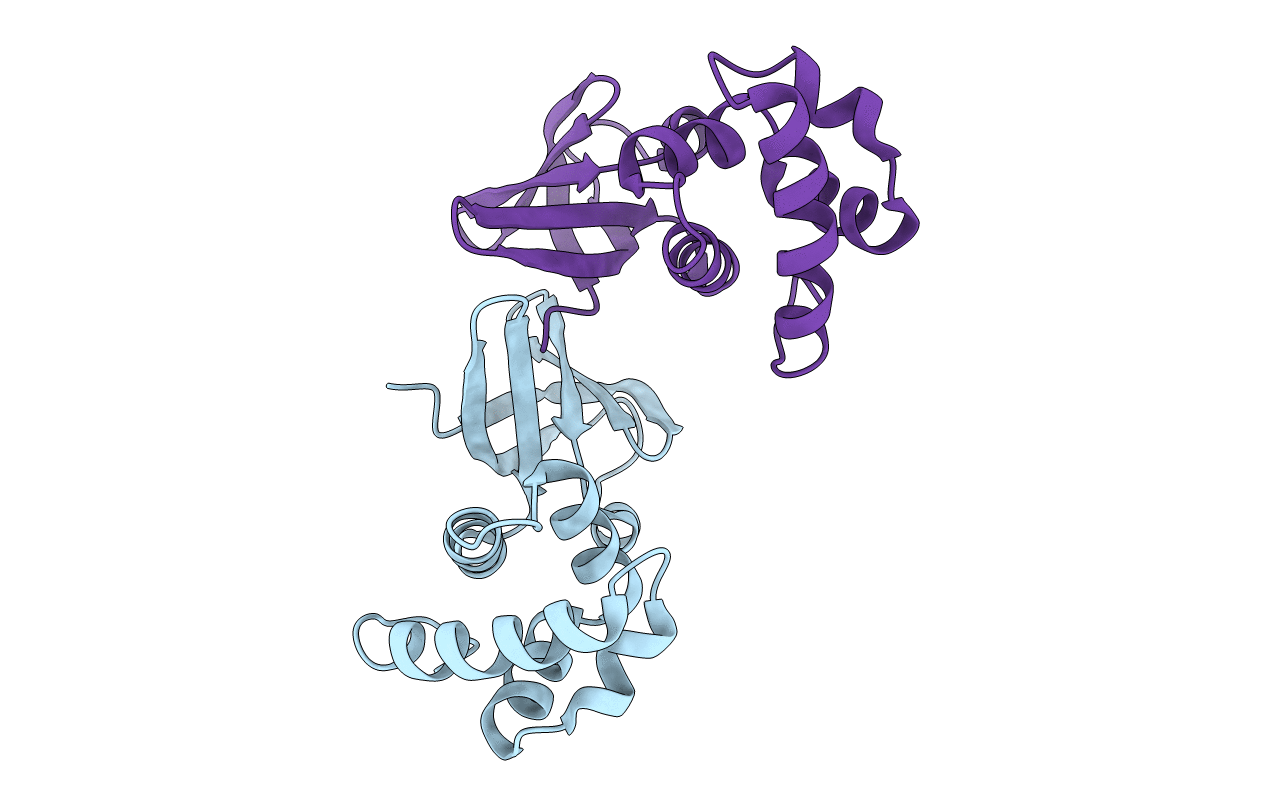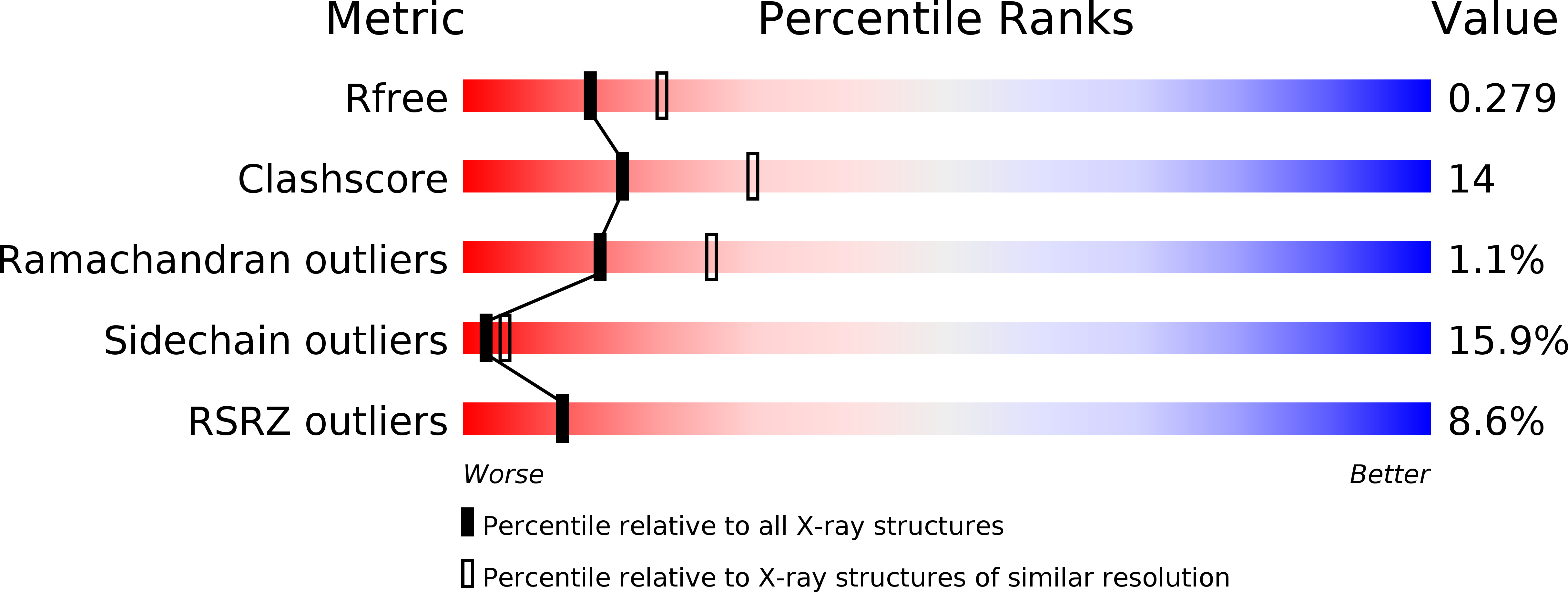
Deposition Date
1999-10-25
Release Date
2000-05-03
Last Version Date
2024-02-07
Entry Detail
PDB ID:
1D8L
Keywords:
Title:
E. COLI HOLLIDAY JUNCTION BINDING PROTEIN RUVA NH2 REGION LACKING DOMAIN III
Biological Source:
Source Organism:
Escherichia coli (Taxon ID: 562)
Host Organism:
Method Details:
Experimental Method:
Resolution:
2.50 Å
R-Value Free:
0.32
R-Value Work:
0.24
R-Value Observed:
0.24
Space Group:
P 21 21 2


